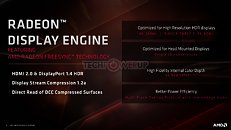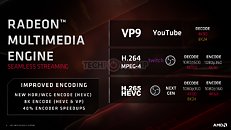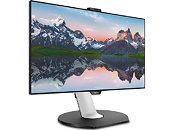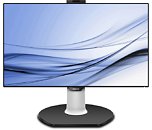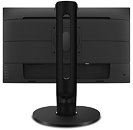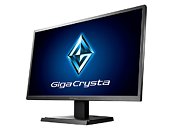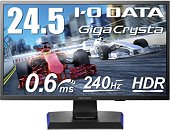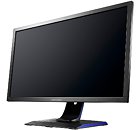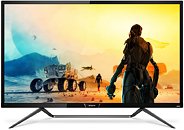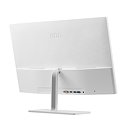
AMD Navi Radeon Display Engine and Multimedia Engine Detailed
Two of the often overlooked components of a new graphics architecture are the I/O and multimedia capabilities. With its Radeon RX 5700-series "Navi 10" graphics processor, AMD gave the two their first major update in over two years, with the new Radeon Display Engine, and Radeon Multimedia Engine. The Display Engine is a hardware component that handles the graphics card's physical display I/O. The Radeon Multimedia Engine is a set of fixed-function hardware that provides CODEC-specific acceleration to offload your CPU.
The Navi Radeon Display Engine features an updated DisplayPort 1.4 HDR implementation that's capable of handling 8K displays at 60 Hz with a single cable. It can also handle 4K UHD at 240 Hz with a single cable. These also include HDR and 10-bit color. It achieves this by implementing DSC 1.2a (Display Stream Compression). The display controller also supports 30 bpp internal color-depth. The HDMI implementation remains HDMI 2.0. The multi-plane overlay protocol (MPO) implementation now supports a low-power mode. This should, in theory, reduce the GPU's power draw when idling or playing back video.
The Navi Radeon Display Engine features an updated DisplayPort 1.4 HDR implementation that's capable of handling 8K displays at 60 Hz with a single cable. It can also handle 4K UHD at 240 Hz with a single cable. These also include HDR and 10-bit color. It achieves this by implementing DSC 1.2a (Display Stream Compression). The display controller also supports 30 bpp internal color-depth. The HDMI implementation remains HDMI 2.0. The multi-plane overlay protocol (MPO) implementation now supports a low-power mode. This should, in theory, reduce the GPU's power draw when idling or playing back video.
